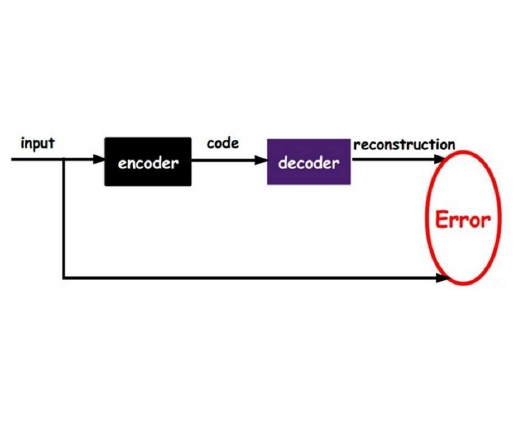Capsule network is a kind of neural network which uses spatial relationship between features to classify images. By capturing poses and relative positions between features, its ability to recognize affine transformation is improved and surpasses traditional convolutional neural networks (CNNs) when dealing with translation, rotation and scaling. Stacked Capsule Autoencoder (SCAE) is the state-of-the-art generation of capsule network. SCAE encodes the image as capsules, each of which contains poses of features and their correlations. The encoded contents are then input into downstream classifier to predict the categories of the images. Existed research mainly focuses on security of capsule networks with dynamic routing or EM routing, little attention has been paid to the security and robustness of SCAE. In this paper, we propose an evasion attack against SCAE. After perturbation is generated with an optimization algorithm, it is added to an image to reduce the output of capsules related to the original category of the image. As the contribution of these capsules to the original class is reduced, the perturbed image will be misclassified. We evaluate the attack with image classification experiment on the MNIST dataset. The experimental results indicate that our attack can achieve around 99% success rate.
翻译:Capsule 网络是一种神经网络,它使用各种特征之间的空间关系来对图像进行分类。通过捕捉各种特征之间的配置和相对位置,其辨别松动变异的能力得到提高,超过了处理翻译、旋转和缩放的传统神经神经网络(CNNs CNNs ) 。 Stacked Capsule Autoencoder (SCAE) 是最先进的胶囊网络的生成。 SCAE 将图像编码为胶囊, 每个胶囊都包含特征及其关联。 编码的内容随后输入下游分类器, 以预测图像的类别。 扩展研究主要侧重于带有动态路由或EM路由的胶囊网络的安全性。 本文中, 我们建议对 SACE 的安全和稳健性进行规避攻击。 在通过优化算法生成扰动后, 添加到一个图像图像中, 减少与原始图像类别相关的胶囊输出。 由于这些胶囊对原始分类的贡献正在降低, 因此对带有动态路由或EM 路由的胶囊网络进行的安全性研究, 很少关注 SCASCE 安全 。 我们建议对 SACE 成功 的图像进行 。




